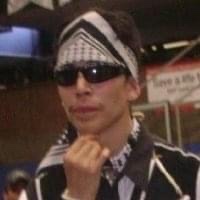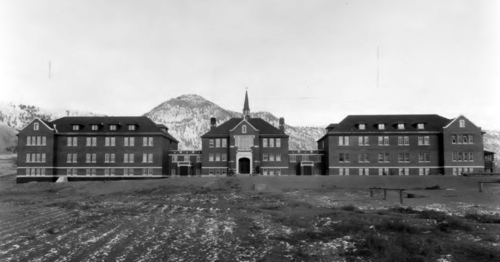Every child matters every day, not just September 30th
Residential schools were boarding schools for Indigenous children in Canada, where they were taken from their families and communities to be assimilated into Canadian culture. The trauma caused by this system of cultural genocide has been well documented, and its effects are still being felt today. One of the ways that trauma is perpetuated is through re-victimization and lateral violence within Indigenous communities.
Re-victimization occurs when someone who has already experienced trauma is subjected to further trauma, often in similar ways to the original trauma. For many Indigenous people, this means experiencing physical, sexual, and emotional abuse in their communities, sometimes at the hands of those closest to them. This can be especially devastating because it undermines the sense of safety and trust that is so important in healing from trauma.
Lateral Violence

Lateral violence is another form of trauma that can be perpetuated in Indigenous communities. It occurs when individuals who have experienced trauma turn their anger and pain towards others in their community, instead of towards the root cause of their trauma. This can take the form of bullying, aggression, or even physical violence.
The reasons for re-victimization and lateral violence are complex, but some of the factors include ongoing systemic racism and poverty, lack of access to mental health services, and the ongoing effects of trauma from residential schools. Many Indigenous people who experienced the residential schools system are still struggling to heal, and they may be struggling with addiction, poverty, and other mental health issues. When they are not able to access the support they need to heal, they may resort to violence as a way to cope.
The effects of re-victimization and lateral violence are far-reaching, impacting not only those who are directly affected, but also the wider community. It perpetuates the cycle of trauma, and can make it more difficult for individuals and communities to heal.
It is important for everyone, especially non-Indigenous people, to understand the ongoing effects of residential schools and to work towards creating a safer and more supportive environment for Indigenous people. This can be done by educating ourselves about the history of residential schools and the ongoing effects of trauma, supporting Indigenous-led healing initiatives, and advocating for better access to mental health services and other resources.
By working to understand and address these issues, we can help to create a brighter future for Indigenous communities and for all Canadians.

Residential School
Residential schools were a dark chapter in Canadian history. From the late 19th century to the mid-20th century, Indigenous children were forcibly removed from their families and sent to boarding schools run by the Canadian government and various Christian denominations. The goal of these schools was to assimilate Indigenous children into white Canadian culture and erase their heritage, language, and traditions.
The reality of residential schools was far from the idealistic vision of cultural integration. Children were subjected to emotional, physical, and sexual abuse, neglect, and forced labor. Many did not receive a proper education and suffered from malnourishment and disease. The death rate was alarmingly high, with an estimated 4,000 to 6,000 children dying while attending residential schools. The trauma inflicted upon these children had far-reaching and long-lasting impacts on Indigenous communities and families.
The legacy of residential schools has shaped the lives of Indigenous peoples and the relationship between Indigenous peoples and the Canadian government to this day. It has contributed to the intergenerational trauma and poverty that still affects Indigenous communities and has contributed to the over-representation of Indigenous children in the child welfare system.
Child Welfare
Today, Indigenous children are still over-represented in the child welfare system, with Indigenous children making up about 50% of children in care despite Indigenous peoples being only 8% of the population. This over-representation is often linked to the ongoing effects of colonialism, the residential school system, and the ongoing systemic discrimination that Indigenous peoples face today. There will be more information on future posts talking about what happens to our youth, especially, who get trapped in this systems without supports..when workers should be searching for these individuals because they get lost in the process.
The child welfare system today still has a long way to go in addressing the needs of Indigenous children and families. Reconciliation requires acknowledging the harm done by the residential school system and working towards a future where Indigenous children are no longer over-represented in the child welfare system and Indigenous families are able to heal and thrive.
In conclusion, the legacy of residential schools is a complex and ongoing issue that affects the lives of Indigenous peoples in Canada. With indigenous leaders and role models supporting and Addressing this legacy with empathy and true spirituality, we will begin to heal the child welfare system that has failed many of our families that are trapped in the opiate/alcohol addictions, court/jail, homeless/poverty, the cycle of despair. This acknowledgment and resolution so Indigenous children and families will feel the importance of our ceremonies and culture because it is a critical part of reconciliation and a necessary step towards a better future for all Canadians.
With a common goal bringing light to these issues, what one person can’t do, we all can do together, with culture, ceremony and unity.


